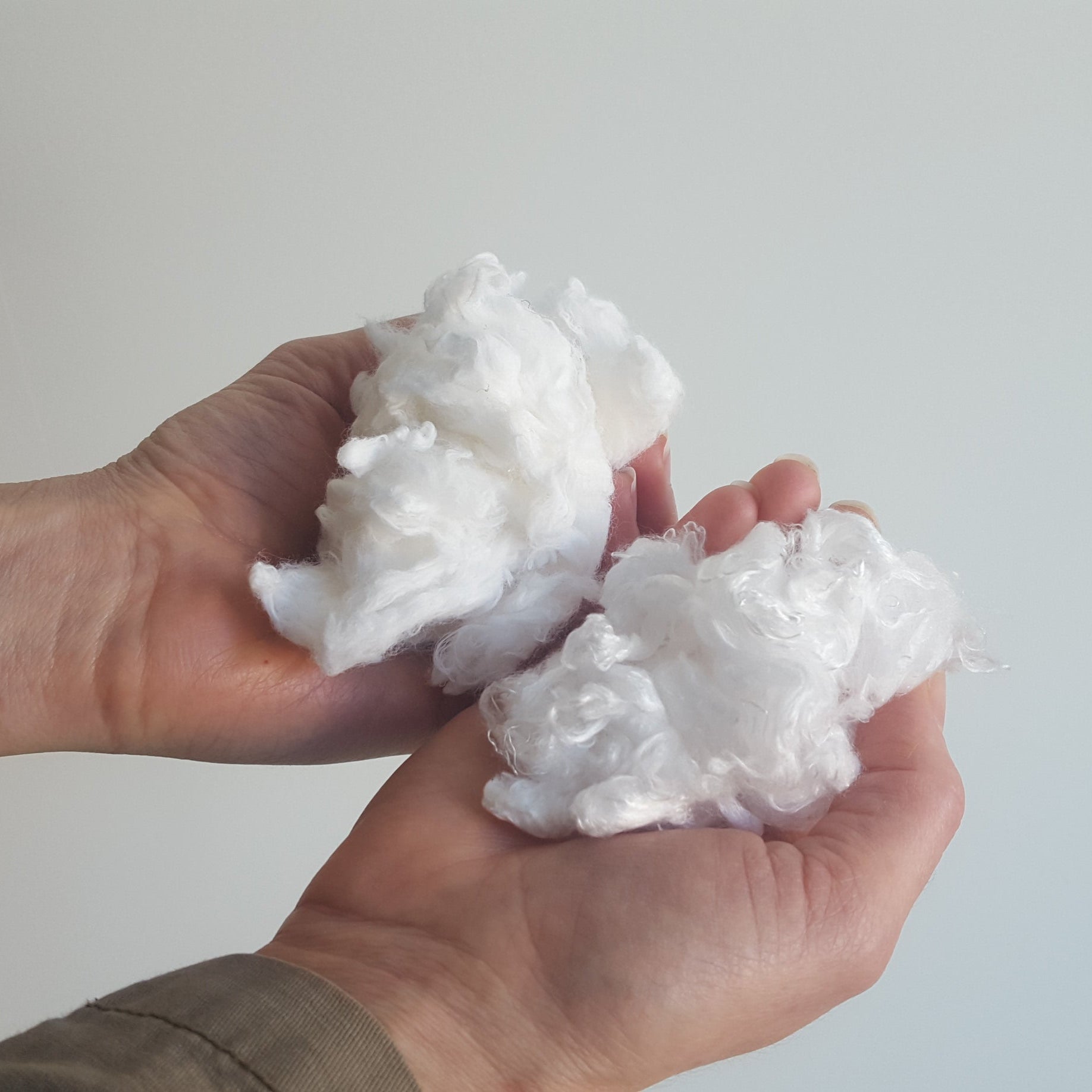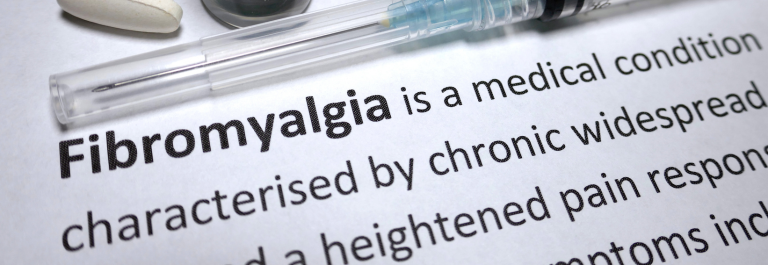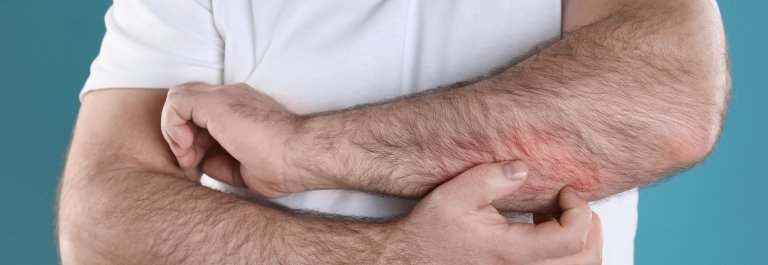Have you ever had an itchy red rash on the soles of your feet? Deep blisters between your toes? If this sounds familiar, don't fret!
Foot rashes are a common (and mostly harmless) symptom of many fungal, viral, or bacterial infections, and thankfully, most skin rashes can be safely and effectively treated from home.
No matter your symptoms, however, getting to the bottom of what's causing your skin irritation is essential to help you find a treatment method that works best for you.
Throughout this post, we'll explore everything you need to know about:
-
The top causes of foot rashes
-
Key foot rash symptoms to look out for
-
How to treat your foot rash safely and effectively
Keep reading to discover more about the possible culprits of your itchy foot rash, soothe your aggravated skin, and put your best foot forward!
Foot Rash: Main Causes
The skin on your feet is particularly delicate and prone to irritation, mainly because your feet spend most of the time cooped up in shoes and socks in humid conditions where infections can thrive.
While each type of foot rash will manifest slightly differently, catching your skin irritation early is helpful to prevent it from spreading or becoming chronic. So, let's take a look at some of the most common causes:
Athlete's Foot
Athlete's foot (otherwise known as tinea pedis) is a type of foot rash caused by a fungal infection.
Typically, you can catch athlete's foot by walking barefoot across surfaces where fungus spores have been left behind by someone previously infected, such as in gym changing rooms.
This foot rash often begins between the toes as a ringworm rash before spreading to the tops of your feet.
Symptoms
Common symptoms of athlete's foot include:
-
Itchy blisters and cracked skin between the toes
-
Fine, dry, scaly skin across the soles of your feet
-
Tender, pink skin patches
-
Discolored toenails
Dyshidrotic Eczema
Dyshidrotic eczema is a chronic skin condition typically triggered by stress and excessive exposure to moisture, such as sweat.
You are at higher risk of developing dyshidrotic eczema if you or your family have a history of other forms of eczema, such as atopic dermatitis, or if you experience asthma, seasonal allergies, or food allergies.
Symptoms:
Dyshidrotic eczema tends to be characterized by:
-
Deep-set blisters on the feet, toes, palms, and fingers
-
Intense itching
-
Skin flaking and peeling
-
Skin may appear red on paler skin or brown or ashen grey on darker skin tones
Allergic Reactions
An allergic reaction is caused when the skin comes into direct contact with an environmental allergen, such as:
-
Poison ivy
-
Certain chemicals found within soaps, foot creams, or laundry detergent
-
Specific fabrics within your socks or shoes, such as polyester or nylon
In response, the body's immune system releases histamine and other chemicals into the bloodstream to help 'defend' your body against the foreign intruder, triggering an inflammatory response.
Contact Dermatitis: Symptoms
Allergic contact dermatitis is a common type of eczema triggered by an immune reaction. It is characterized by symptoms such as:
-
Itchy, peeling skin on the balls of your feet, heel, or toes
-
Inflamed skin and swelling
Many allergy-triggering materials, such as rubber or leather tanning agents, are typically used to make shoes or socks.
If you have eczema-prone skin, think twice before purchasing that new pair of shoes or those fancy new socks! You can opt for natural, breathable, gentle garments to avoid triggering an eczema flare.
Hand, Foot, And Mouth Disease
Hand, foot, and mouth disease is a highly contagious skin condition that commonly impacts infants and children.
Caused by viral infections, this disease is contracted by inhaling droplets from the sneezes or coughs of another infected person or making contact with the fluid secreted from their skin rash blisters.
Symptoms
Hand, foot, and mouth disease tends to manifest as:
-
A high fever
-
Sore throat
-
Nausea
-
Mouth sores
-
Painful blisters on the soles of the feet, hands, around the mouth, and buttocks
Scabies Mites
Scabies is a scaly rash caused by parasitic mites that burrow into the skin, particularly in warm places, such as skin folds on your feet, the palms of your hands, neck, buttocks, or breast creases.
It is highly contagious and is typically passed on through prolonged physical contact with someone else who has scabies, often spreading across schools or hospitals or through sexual contact.
While a scabies infestation is not usually severe, it can spread quickly across your body, so seeking prompt treatment and medical attention is essential.
Symptoms
-
Crusty, flaky skin
-
Extremely itchy skin - especially at nighttime
-
Raised rash or spots
Treating A Foot Rash
Whether you're coping with contact dermatitis, an allergic reaction, or any other type of foot rash, there are many steps you can take to help soothe your aggravated skin today.
Use A Soothing Moisturizer
Particularly in the case of contact dermatitis and dyshidrotic eczema, dry skin is one of the leading causes of itchiness, weakening your skin's barrier and causing micro-ruptures that aggravate your delicate nerve endings.
This Organic Manuka Skin Soothing Cream has been specially formulated using nourishing manuka honey, olive oil, and beeswax to hydrate even the itchiest skin deeply.
Studies have found that manuka oil is more potent than tea tree oil when battling bacteria and fungus, making this buttery balm an excellent choice to treat athlete's foot. Olive oil also boasts anti-bacterial and wound-healing properties, helping to heal cracked skin and protect you from secondary infections.
Practice Good Hygiene
Foot rashes are more likely to develop if your sweaty feet remain damp and unclean, causing the delicate skin of your feet to rub against your socks or shoes and creating a moist environment for infections to thrive.
To keep your skin robust and healthy, we recommend washing your feet thoroughly daily, using a natural soap that doesn't strip your skin of its essential, natural oils. For example, this Coconut and Sunflower Oil Soap Bar combines coconut oil, shea butter, and sunflower oil in soap to create a fatty cleanser and moisturizer with a lather that will leave your feet feeling soothed, soft and supple.
Wear Anti-Itch Socks
Especially while your foot rash is healing, wearing gentle, breathable socks is essential to avoid worsening your symptoms.
These Remedywear™ TENCEL Socks for Kids and Adults are embedded with TENCEL and anti-inflammatory zinc, perfect for eczema blisters, foot rashes, athlete's foot, and more.
If you have particularly swollen skin, remember to spend plenty of time barefoot to allow your skin to breathe!
Consult Your Healthcare Provider
If your rash is persistent or spreads to your ankle, leg, or other body parts, we suggest you consult your doctor for medical advice.
They may be able to prescribe you some over-the-counter topical steroids to help reduce swelling or insecticides to kill scabies mites. In more severe cases of bacterial infections, viral infections, and fungal infections, oral medications may also help to relieve symptoms and boost your immune system.
Creating a cold compress using ice and a gentle fabric may help to reduce swelling in severe cases.
Soothe Your Foot Rash Today
Most foot rashes are harmless. However, it is always better to be safe than sorry. Follow these tips to help you understand what could be causing your foot rashes today, identify your symptoms, and find a treatment that works for you.










